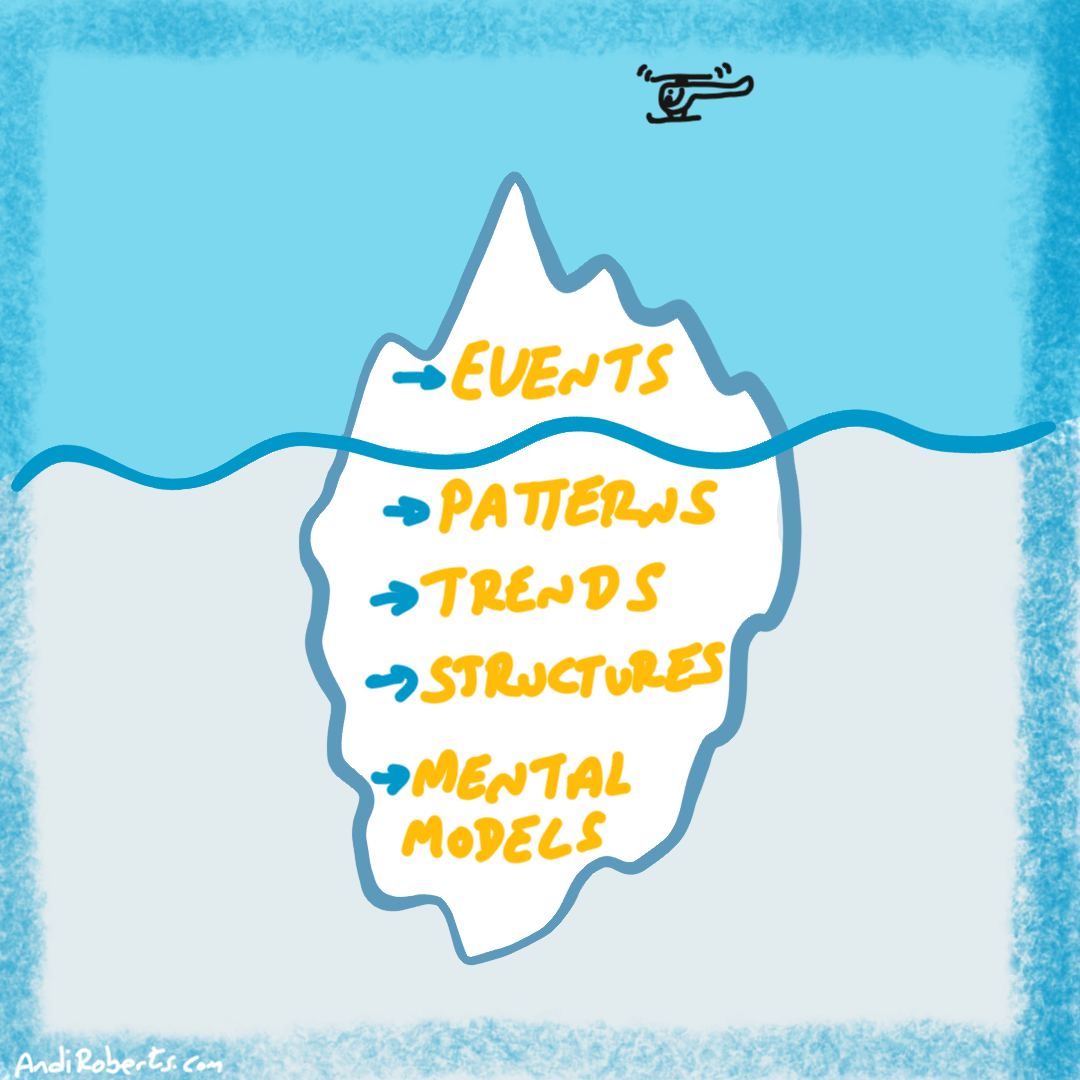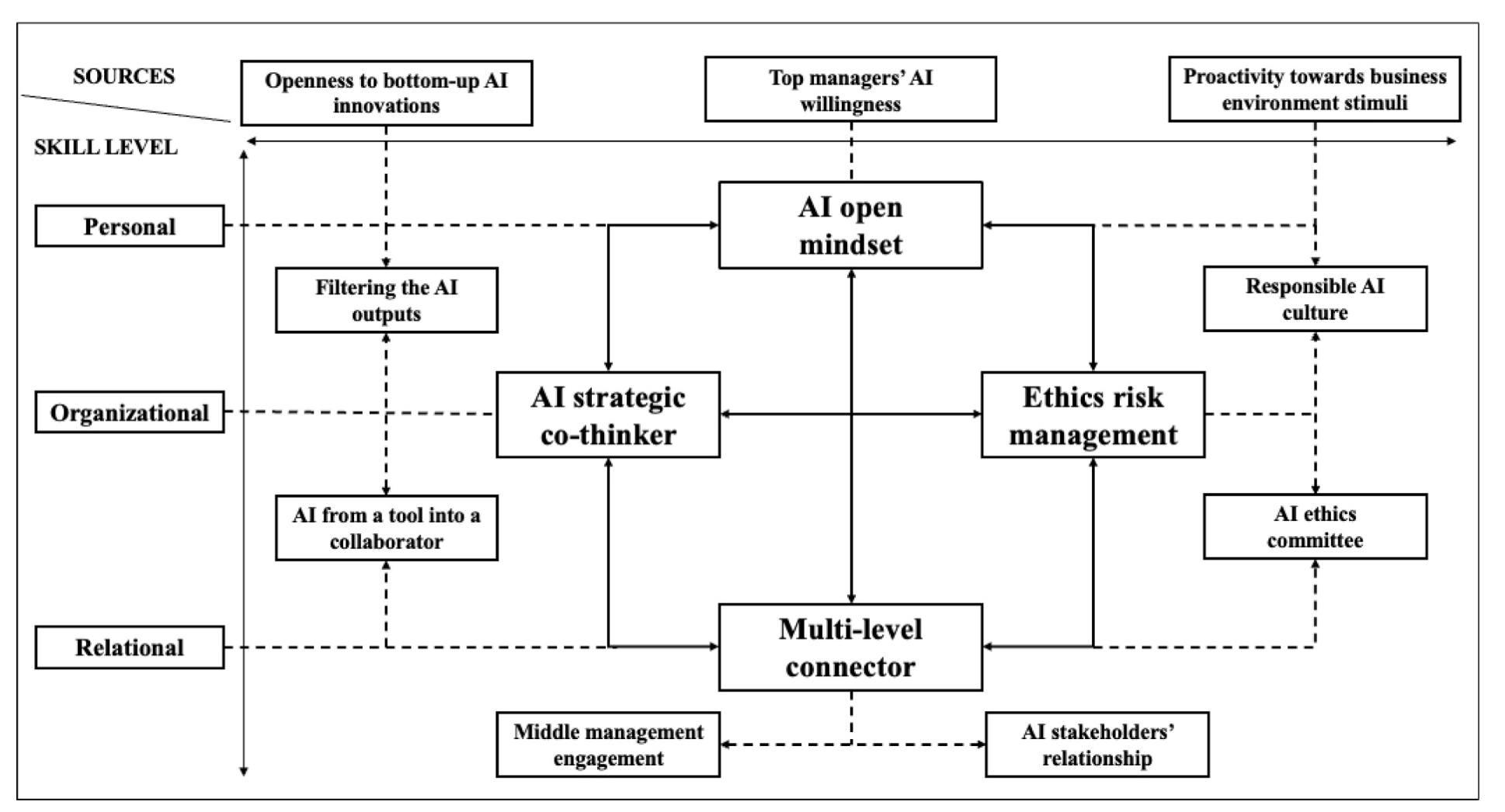The idea that leaders should “start with why” has become deeply embedded in organisational life, since even before Simon Sinek and his TED Talk and book. It promises clarity, coherence, and inspiration. It suggests that purpose is the primary engine of performance and that once a leader articulates a compelling reason for the work, commitment will follow.
Yet the belief that purpose comes first has become a modern leadership myth. It places disproportionate weight on the leader’s voice and underestimates the collective intelligence of the community. It treats purpose as something to be declared rather than something to be discovered. In doing so, it misrepresents how real commitment is formed inside organisations.
This article invites a different conversation: one that treats leadership as a relational act, one that honours participation over proclamation, and one that sees purpose not as a starting statement but as a shared creation.
Why the myth is so appealing
The appeal of “start with why” is easy to understand. Leaders are often under pressure to provide certainty, direction, and meaning. A crisp statement of purpose seems to offer all three. It condenses complexity into a single message. It reassures leaders that the power of clarity can replace the messy work of engaging people. It signals depth and intention.
Most significantly, it reinforces a familiar image of leadership. The leader stands in front of the room, naming the future in a way that inspires others to move towards it. It centres authority in the one who speaks the loudest and most poetically.
But this image of leadership obscures a more uncomfortable truth. Organisations change not because people are given a message, but because they are given a voice.
Purpose is generated through participation
The core flaw in the myth is the sequencing. It suggests leaders must find the why before meaningful action can begin. In real organisational life, purpose rarely arrives fully formed. It is shaped by experimentation, conversation, and the lived experience of the people doing the work.
Purpose is revealed through participation. When people gather to explore what matters, what they care about, and what they are willing to stand behind, a more authentic purpose emerges. It is owned because it has been authored collectively.
A proclaimed purpose, no matter how elegant, is still someone else’s interpretation of meaning. A shared purpose grows from the willingness of people to speak honestly about their aspirations and frustrations and from the courage to ask what they want their work to stand for.
Purpose grows from the centre, not the top.
The limits of inspiration in organisational life
The belief that inspiration drives commitment is comforting, yet incomplete. People do not commit simply because they have been inspired. They commit when they feel they belong, when they trust their colleagues, and when their contribution has significance. They commit when they have a choice.
Organisations run on agreements, clarity, and mutual accountability. A purpose statement cannot replace broken processes, unclear decision rights, or overloaded workloads. It cannot compensate for environments that lack psychological safety or meaningful autonomy.
Inspiration can spark energy, but structure sustains it. When organisations treat purpose as the primary lever, they risk overlooking the conditions that genuinely enable people to do their best work.
The heroic narrative is part of the problem
“Start with why” echoes a familiar heroic narrative. It implies that the right leader, with the right message, can set the organisation in motion. It frames leadership as an act of persuasion rather than an act of partnership.
This narrative diminishes the role of the community. It imagines employees as an audience rather than contributors. It gives too little attention to the power that exists in the many small conversations that shape culture, trust, and collective intent.
Leadership does not begin when the leader speaks. It begins when the community speaks.
The shadow of declared purpose: scepticism and disconnection
Many employees have become increasingly sceptical of purpose statements. They have seen too many that are unconnected to daily reality. A purpose that is pronounced but not practised creates a gap that people feel immediately. The larger the gap, the more cynicism it generates.
People do not distrust purpose because they dislike meaning. They distrust purpose because they have experienced it as language without relationship. When purpose is imposed, it becomes marketing. When it is negotiated, it becomes commitment.
The distinction is not cosmetic. It is the difference between a slogan and a social contract.
Why the myth persists
Despite its shortcomings, the myth survives because it offers simplicity. It gives leaders a script to follow. It allows them to act without convening, listening, or sharing ownership. It replaces the unpredictability of dialogue with the certainty of a message.
It also protects the organisation from confronting more difficult questions. What are we willing to be accountable for? What part of the current reality have we helped create? What commitments are we ready to make together? These questions demand courage, not clarity.
Towards a more grounded approach to purpose
A more honest and human view of leadership would begin not with why, but with who. Who is in the room? Who feels included? Who has a voice? Who takes responsibility for what happens next?
From this starting point, purpose becomes a shared act of making meaning. A more grounded approach includes the following:
-
Invite people into the conversation. Ask what matters to them and what they are willing to commit to, rather than presenting a finished purpose.
-
Cultivate ownership, not agreement. A sense of ownership grows when people shape the work rather than merely approve it.
-
Link purpose to choice. Meaning is strengthened when people choose to take up responsibility for the future they describe.
-
Make space for honest speech. Purpose becomes real when people are allowed to talk openly about the current reality, including its tensions and contradictions.
-
Treat purpose as dynamic. As the organisation learns, the purpose should evolve. A living purpose has more power than a perfectly crafted statement.
Conclusion: purpose is powerful, but not primary
Purpose is important. It can offer direction and create coherence. But it is not the first act of leadership. The first act is the gathering of people, the invitation to participate, and the willingness to distribute ownership of the future.
“Start with why” remains a myth because it imagines that meaning precedes relationship. In practice, the opposite is true. Relationship precedes meaning. When organisations attend to conversation, connection, and shared responsibility, purpose emerges naturally and with far greater strength.
For any leader, this invites a moment of reflection:
- When I emphasise purpose, am I seeking to engage people or to reassure myself with clarity?
- Do I create space for others to shape meaning, or do I step in too quickly with my own explanation?
- How closely does the purpose I speak about match the lived experience of the people I lead?
- And what actions would show that purpose is something we create together rather than something I announce?
Leadership is not the art of proclamation. It is the craft of convening.





Leave A Comment